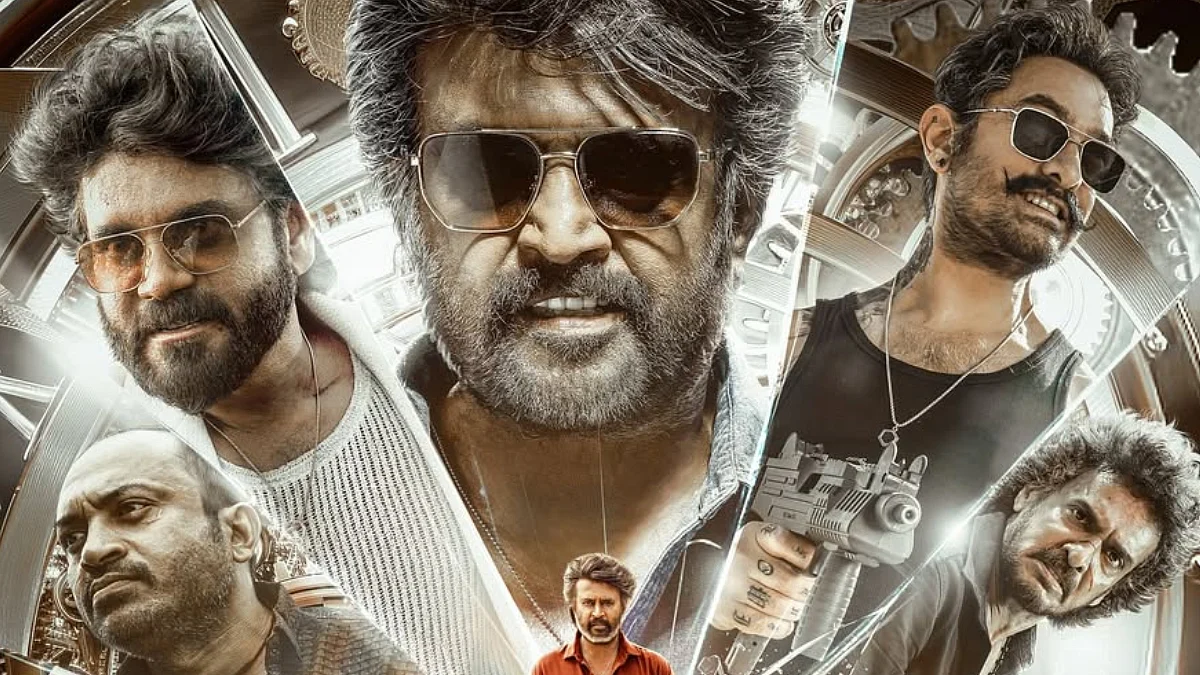Ramanand Sagar was struggling with large-screen failures when Bhagwan Shri Ram showed him the way. Ramayan changed the Sagars’ lives. It’s not as if Ramanand Sagar had done no significant work before Ramayan. He had directed pathbreaking films like Paigham, Ghunghat, Zindagi, Aarzoo, Aankhen, Lalkaar, and Geet. In fact, he started as the screenplay and dialogue writer of Raj Kapoor Saab’s Barsaat in 1949. He had an impressive body of work in cinema that would have ensured a place for him in cinema history.
But then, at the end of his career, he decided to change his destiny. One morning, the patriarch of the Sagar family gathered the family members to make the announcement. Papaji, as he was lovingly called by everyone, said he was making Ramayan. He said it was something he was born to do in life.
When Ramanand Sagar had fallen ill with tuberculosis, a face-reader had told him he would do something towards the end of his life that would change his destiny.
The entire Sagar family moved to Umbergaon in Gujarat to shoot Ramayan. Umbergaon became their home for the next two years.

Ramanand Sagar |
Recalls Ramanand’s son, Moti Sagar, “For two years, we lived and breathed only Ramayan. We did nothing else except sleep for a few hours. We shot for eighteen hours every day. We had the most dedicated team of technicians and actors. Arun Govil became Rama, Dipika became Sita, Arvind Trivedi was Ravan, and Dara Singhji was only Hanuman in the public’s mind for the rest of his life. Even today, so many years after his death, he is still remembered as Hanuman.”
Moti Sagar admits he and the family were taken aback by the impact of Ramayan. “Wherever my father went, people touched his feet and treated him as someone who had brought God into their lives. You know, back then, being religious and devout was not a compulsion. It was a voluntary and totally instinctive impulse. So, the impact of Ramayan and the reverence it generated came from a place of complete sincerity. We all believed in the words and teachings of Ramayan. I believe the series worked because it was born out of a complete faith in the source material. That faith connected with the audience.”










